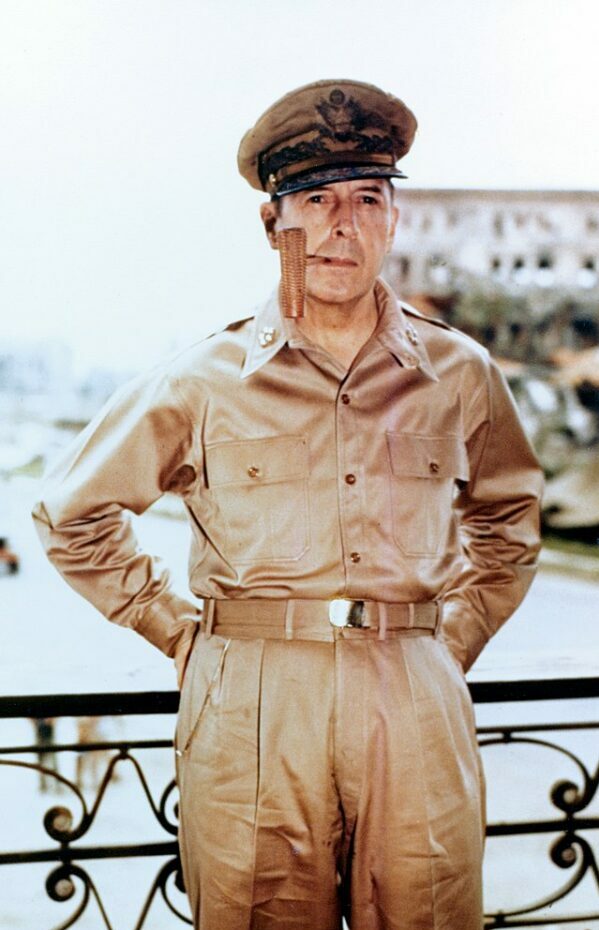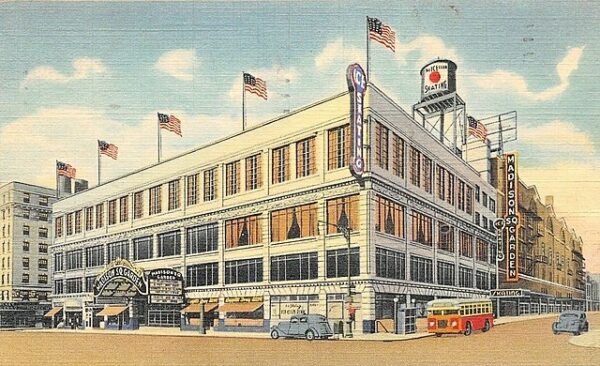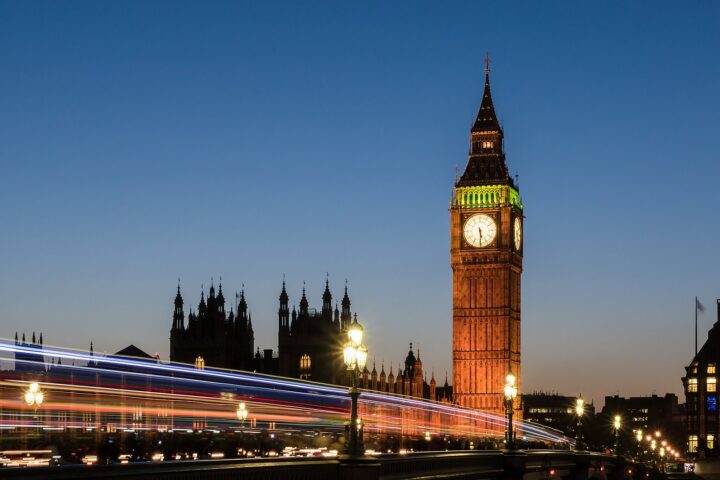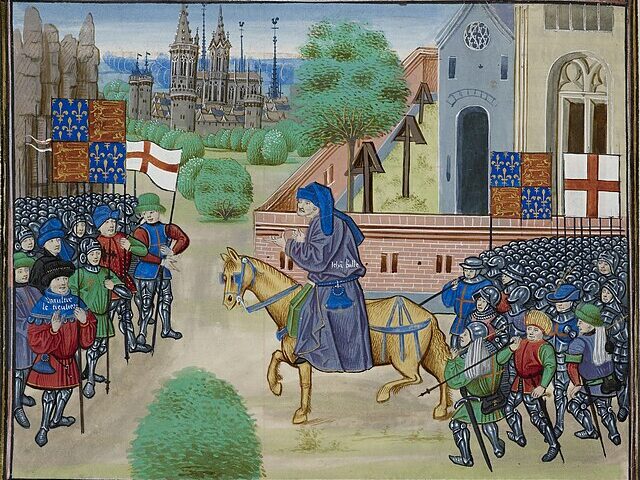On October 20, 1944, General Douglas MacArthur made good on his promise and waded ashore on Leyte Island in the Philippines. Nearly three years prior, the charismatic general had been forced to leave the islands after the Japanese invasion, but he made a promise to the Filipino people: “I shall return.” This pledge remained etched in the collective memory of both Americans and Filipinos as they endured the brutality of the Japanese occupation.
“It was a redeeming moment after the devastating losses the U.S. Army,” explains the FDR Presidential Library, “and Gen. MacArthur had endured two years earlier. Despite the early warning given when the Japanese attacked Pearl Harbor, Gen. MacArthur’s forces in the Philippines were unprepared on December 8 when the Japanese Air Force attacked. They destroyed nearly 50 percent of the American warplanes at Clark Field, most of which were still on the ground. By January the Japanese had driven the Allied forces onto the Bataan Peninsula and the situation was desperate. Gen. MacArthur was forced to move his headquarters to the island fortress of Corregidor. As the situation deteriorated President Roosevelt ordered the General to leave for his own safety. The General and his family and closest aides were forced to escape in the middle of the night and relocate in Australia.
President Roosevelt awarded Gen. MacArthur the Medal of Honor for his courageous defense of the Philippines.”
MacArthur’s dramatic return came as part of a carefully planned military campaign, known as the Leyte Landing. Under the code name “King Two,” MacArthur’s forces, together with Allied troops, landed on the shores of Leyte Island on October 20, 1944. The operation was a massive and well-coordinated effort, involving naval and air power. The landing was conducted with precision, and MacArthur famously waded ashore, symbolizing the fulfillment of his promise.
The significance of MacArthur’s return to the Philippines cannot be overstated. It not only boosted the morale of the Filipino people, who had endured immense hardships under Japanese occupation, but it also signaled the beginning of the end for the Japanese forces in the Pacific. The liberation of the Philippines was a crucial step toward the eventual defeat of Japan, as it cut off vital supply lines and weakened Japanese positions in the region.
For the Filipino population, MacArthur’s return was met with jubilation. Crowds of Filipinos, who had long suffered under Japanese rule, cheered the American general and his troops as they arrived. The image of General MacArthur fulfilling his promise became an enduring symbol of hope and resilience for the Filipino people, and it remains an integral part of their national history.
In the broader context of World War II, General MacArthur’s return to the Philippines was a testament to the resolve of the Allied forces and their commitment to the liberation of nations under Axis occupation. This historic moment, extensively covered in the media of the time, showcased the determination and courage of those who fought against tyranny and oppression during one of the most significant conflicts in modern history.






